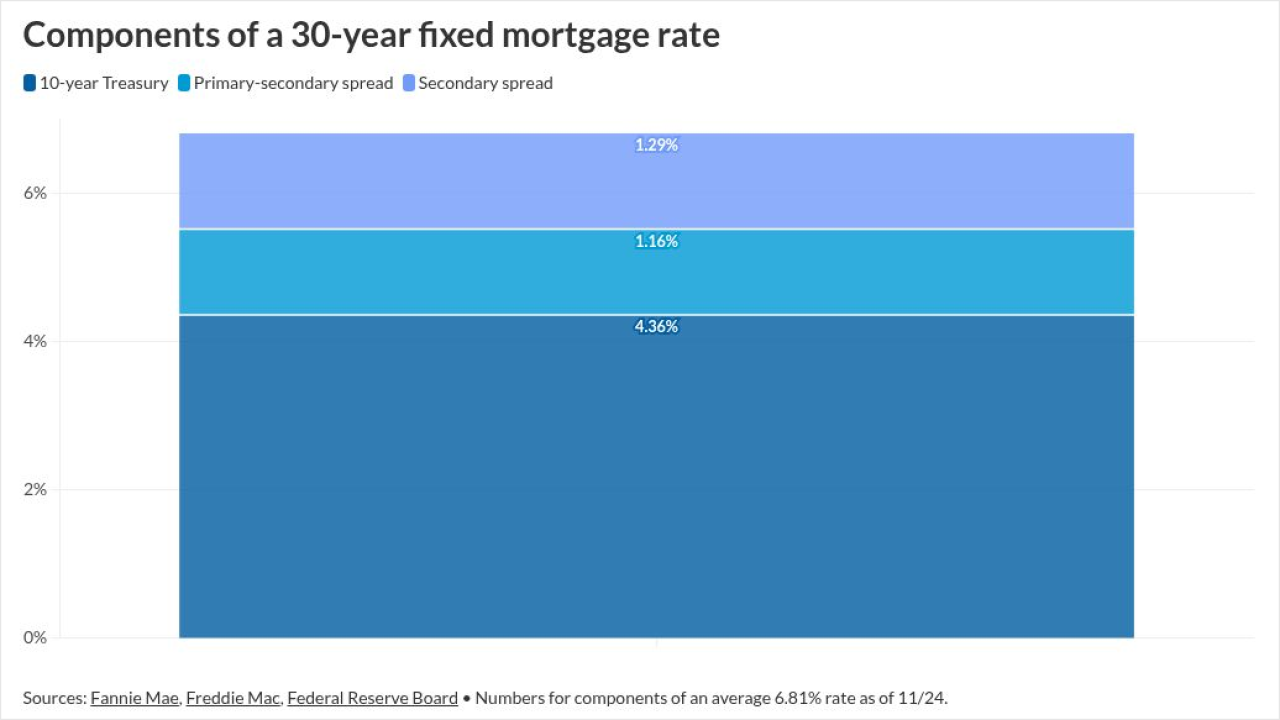Gilead Aviation is about to appear on the securitization market with a $600 million offering of bonds, which will be used to buy a portfolio of 18 narrowbody and widebody aircraft from nine of its lease origination clients.
Unlike most aircraft securitizations, Gilead 2025-1 uses a mortgage amortization style to repay noteholders, according to ratings analysts at Kroll Bond Rating Agency. In the early periods of the transaction, principal payments—and total payments—are lower. This means the deal de-levers at a lower rate compared to a straight-line, or per asset, payment profile, which is more typical for aviation securitizations.
Gilead 2025-1 Aviation represents a couple of incorporated entities issuing the notes, and its proceeds will be used to pay down an existing warehouse facility, according to KBRA.
The deal, the first securitization of assets from the Gilead Platform, will issue two tranches of fixed-rate, class A and B notes due for repayment in March 2032, with a final maturity of March 2050, according to KBRA.
KBRA assigns A and BBB to the A and B tranches, respectively. The Asset Securitization Report deal database notes that Fitch Ratings also assigns A and BBB to the A and B tranches.
Mizuho Securities is lead structuring agent and joint lead bookrunner, while Mitsubishi UFG Securities America is the deal's co-structuring agent and joint lead bookrunner.
Known as Ghost 2025-1, the transaction features debt service coverage ratio (DSCR) triggers to help maintain cashflow to the notes and support their credit, KBRA said. If the DSCR falls below 1.20x on any payment date after the third scheduled payment date, the deal will enter cash trapping event. Should the DSCR fall below 1.15x within a three-month period, the deal will enter early amortization, the rating agency said.
Notes also benefit from a liquidity facility funded to an amount that equals nine months of interest due on both A and B series of notes. In this arrangement the series B is subordinate to the A, so shortfalls to the B series will only receive payments for any shortfalls after the series A notes have been paid off.





